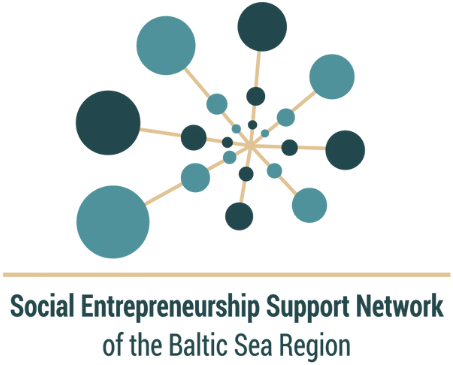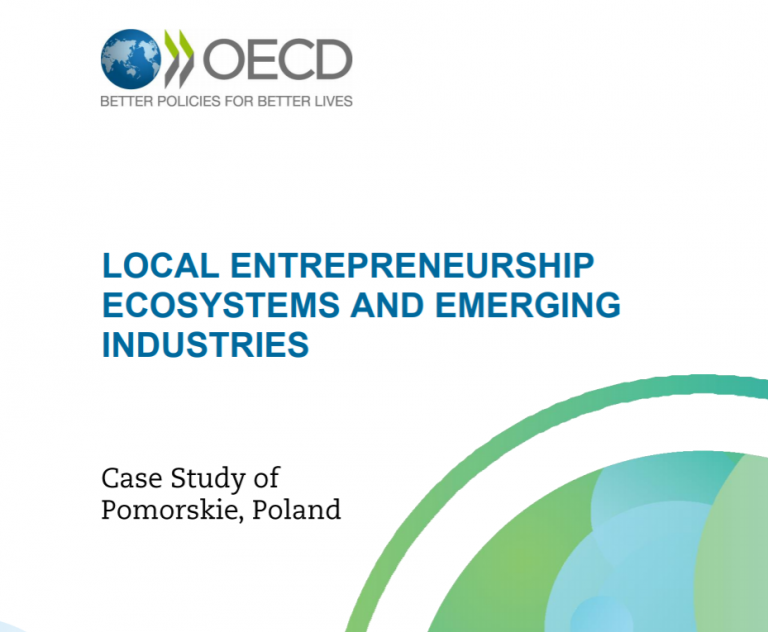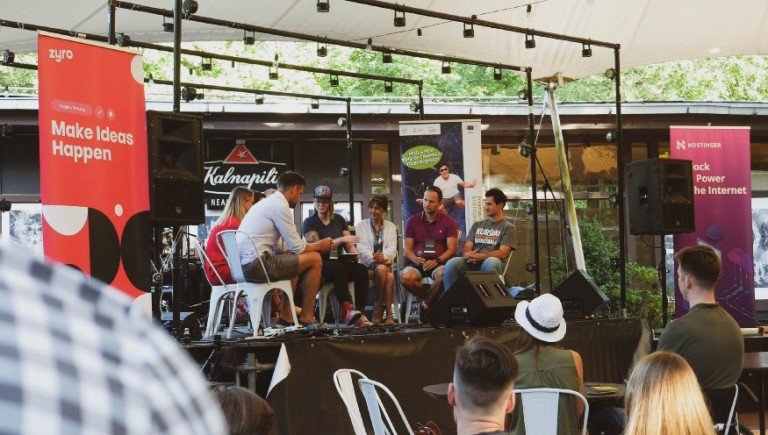Free online course on social entrepreneurship by Acumen Academy
To kick-off 2021, Acumen is inviting you to join a community of budding social entrepreneurs who are ready to start designing impactful solutions to challenges around the world.
In our Social Entrepreneurship 101 course, you’ll join a community of leaders from around the world like you who are ready to build out their dream for change. You’ll learn how to think like an entrepreneur and hear from global leaders on how they embarked on their journey, how to identify your mission, articulate the problem you’re addressing, and understand your consumers, and finally envision, plan, and launch your social enterprise.
Ready to take the first step?
-
Start Date: Tuesday, January 19th
-
Duration: 9 weeks
-
Time Commitment: 4 hours/week
-
Location: Online









